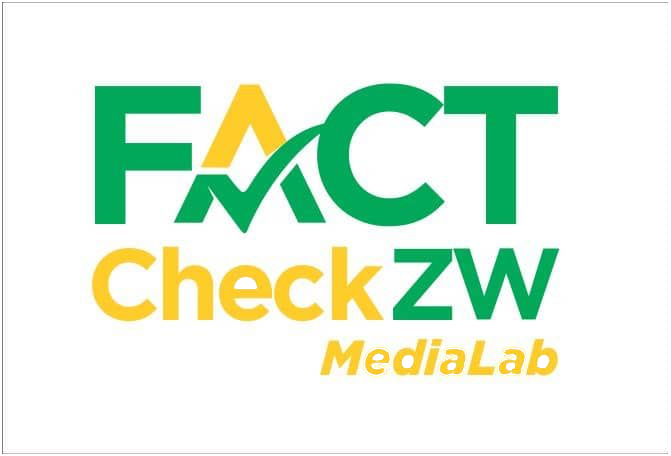FactCheckZW is a nonpartisan organisation committed to promoting accuracy in public debate and the media in Zimbabwe. To do this effectively, we follow the best practices in fact-checking, recognised by the world’s leading nonpartisan fact-checking organisations. We adhere to the International Fact-Checking Network’s fundamental operating principles of commitment to impartiality, transparency and accuracy.
How this shapes our work
Every report we produce is different, but we ensure we fact-check all claims fairly and to the same standard. The process we follow is always the same. This ensures that our findings can be replicated and verified.
1. Select the claim to check
Our teams monitor statements made in the public domain and submissions from readers. We then assess the claim to decide whether it should be fact-checked. Is the topic important? Is the claim framed as a statement of fact or opinion? Does the claim matter? Have we focused on this speaker before? We make sure to check all sides in any debate.
2. Confirm what was said
We establish exactly what was said. Claims that readers send us to check can sometimes be vague. But to check a claim, we need the precise wording. What exactly did they say? Was it as reported? And what was the context in which it was said?
3. Ask for Evidence
We always try to contact the person who made the statement to ask for the evidence they based it on. This allows them the opportunity to substantiate their statement.
4. Check the most recent, reliable, data
Our next step is to test the claim against the most recent and reliable data on the topic. This can include surveys, censuses and research studies. We interrogate this data to understand any limitations and important context that readers need to be aware of.
5. Discuss the evidence with experts
Once we’ve secured the evidence and broader context, we discuss it with specialist experts. They can help us understand the data and provide analysis. We only quote experts willing to go on the record, as we do not use anonymous sources.
6. Write up the report
We write up our report. This includes setting out the claim itself and the context in which it was delivered and reported. We then explain any evidence that supports the claim or contradicts it. We end with a conclusion that summarises the report and explains the verdict we have reached. We also summarise the report before presenting the detail, for readers who may want to take everything in at a glance. For all evidence we present, we provide a link or quote the source.
7. Have a colleagure review the report and its findings
To ensure that the report is accurate, one of the researcher’s colleagues will review the report and independently assess the findings.
8. Publish, and monitor feedback
Finally, we publish the report and monitor feedback. If a reader identifies an error, we update the report openly.
9. Impact
If a claim is found to be incorrect, unproven or misleading, we contact the person who made the claim. We explain our findings and ask that they issue a public correction.

